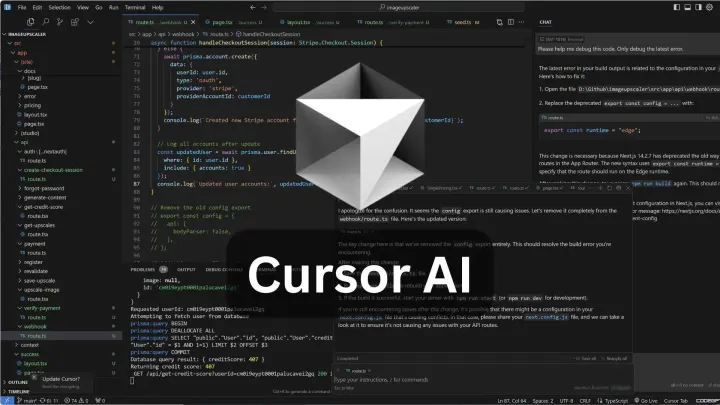Microsoft Unveils MAI-DxO, a Step Toward Medical Superintelligence
The model achieved its results with lower diagnostic costs than both solo large language models (LLMs) and human physicians

Microsoft is advancing toward what it calls “medical superintelligence” with the launch of Microsoft AI Diagnostic Orchestrator (MAI-DxO), an AI system designed to solve complex, open-ended diagnostic cases.
While existing AI models have excelled in multiple-choice medical exams like the USMLE, real-world diagnosis requires deeper reasoning. MAI-DxO tackles this by simulating a panel of virtual physicians collaborating under cost constraints.
The model was tested on 304 challenging cases sourced from the New England Journal of Medicine—among the most difficult a physician might encounter. MAI-DxO achieved a solve rate of 85.5%, far surpassing the 20% success rate of human doctors working alone.
Remarkably, the AI also achieved its results with lower diagnostic costs than both solo large language models (LLMs) and human physicians, by intelligently managing testing budgets.
Mustafa Suleyman, CEO of Microsoft AI, emphasised that the project goes beyond academic testing. “Patients don’t come with ABC answer options,” he said on LinkedIn, framing the innovation as a leap toward real-world applicability.
"Microsoft AI built MAI-DxO to simulate a virtual panel of physicians with different approaches collaborating to find a diagnosis on each case. They also included the ability to set a budget to avoid infinite testing (higher costs, longer wait times, etc.)," he added.
MAI-DxO is still in early stages, but Microsoft plans to expand testing in collaboration with healthcare providers.



Comments ()